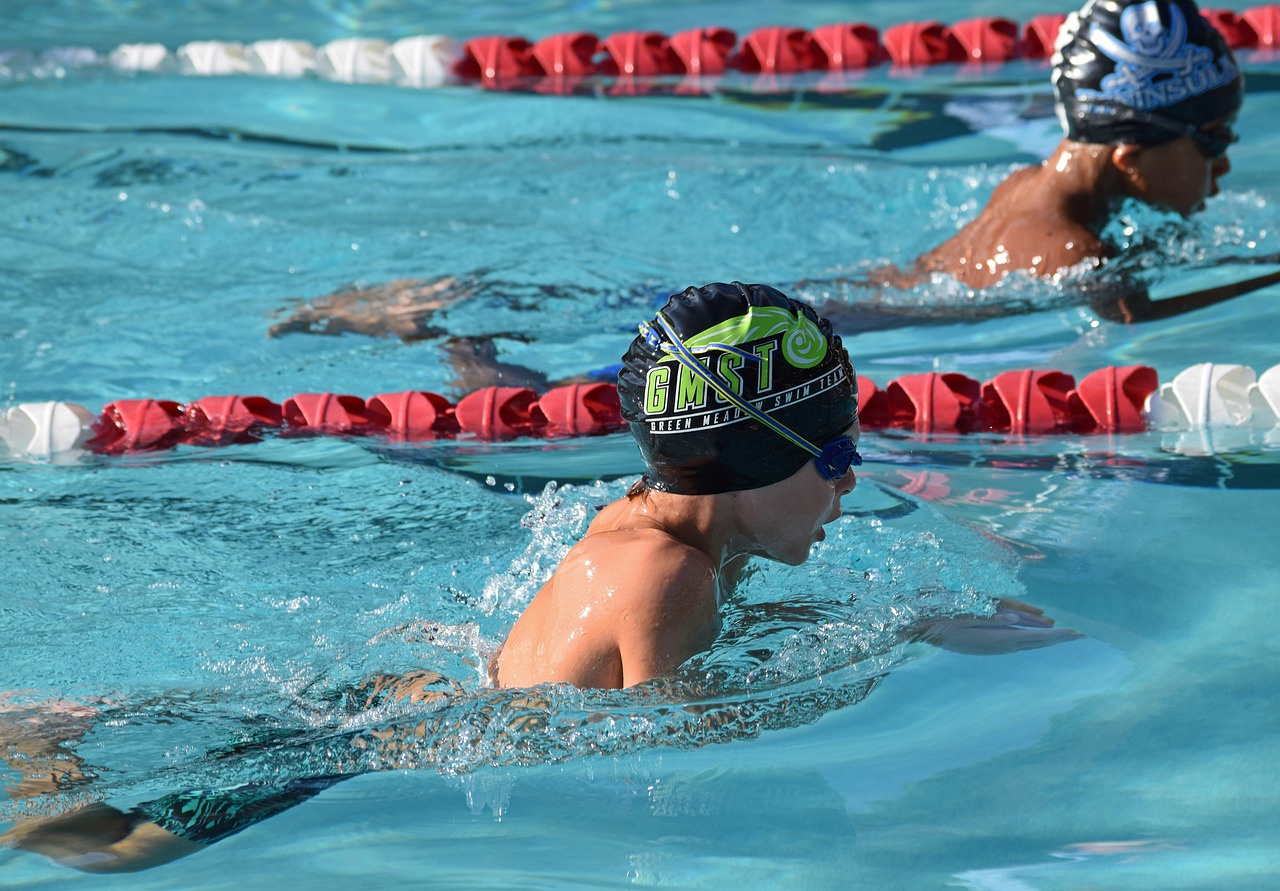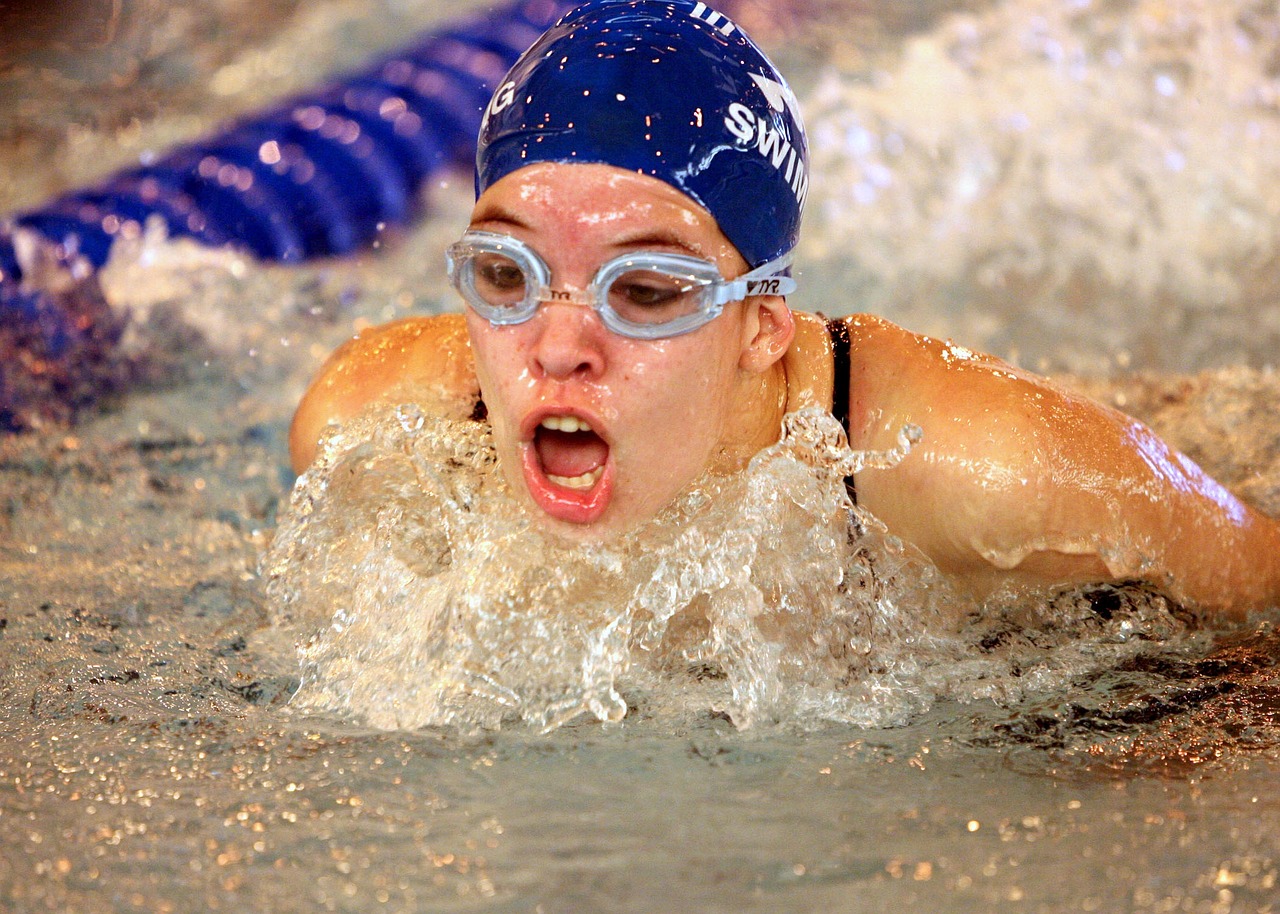Do Swimmers Lift Weights?
One burning question that often comes up among swimming enthusiasts is – Do swimmers lift weight? In this article, we will explore whether lifting weights is a secret weapon for swim athletes. So, let’s get in and break it down.
Swimming is a demanding sport that requires a combination of endurance, technique, and power.
While many people may associate swimming with cardiovascular fitness, strength training plays a crucial role in enhancing a swimmer’s performance.
Advertisements
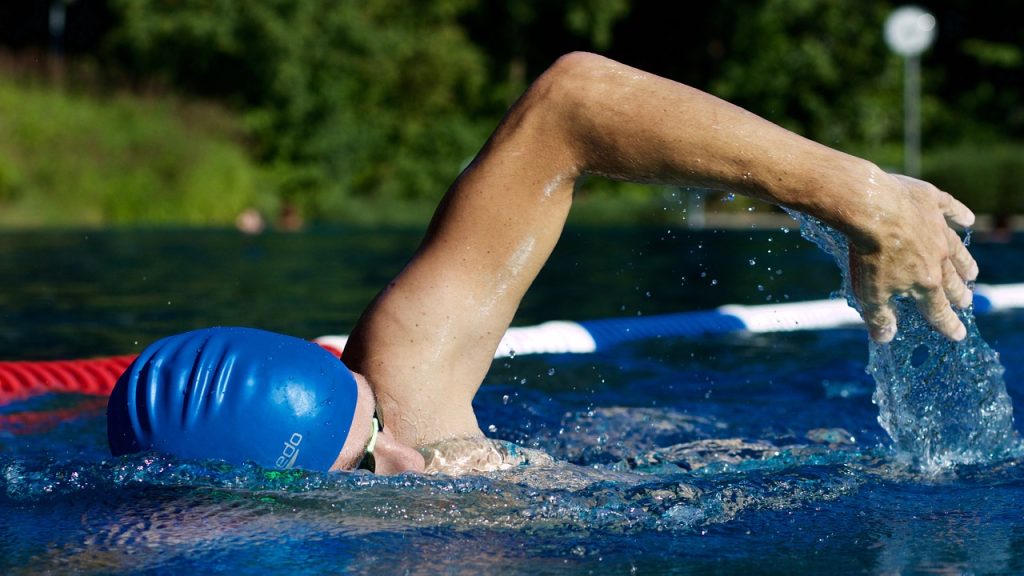
The act of propelling through water requires a significant amount of muscle power, and weightlifting can help swimmers build the strength necessary to excel in the sport.
The Role of Weightlifting in Swimming Performance
Weightlifting, when done properly and under the guidance of a qualified coach, can have numerous benefits for swimmers.
One of the main advantages is that it helps develop muscular strength and power, which directly translates to faster swimming times.
By engaging in weightlifting exercises, swimmers can build stronger muscles, allowing them to generate more force with each stroke and kick, resulting in improved propulsion through the water.
Advertisements

In addition to increasing muscular strength, weightlifting also helps improve muscular endurance. Swimming requires repetitive movements, and the ability to maintain those movements over long distances is crucial.
By adding weightlifting into their training regimen, swimmers can build the endurance necessary to sustain their technique throughout a race, leading to better overall performance.
Weightlifting also plays a role in injury prevention for swimmers. The repetitive nature of swimming can put a strain on certain muscle groups, leading to imbalances and potential injuries.
By strengthening the muscles used in swimming, weightlifting can help swimmers maintain proper alignment and reduce the risk of common swimming-related injuries.
Benefits of Weightlifting for Swimmers
There are several specific benefits that weightlifting can provide for swimmers.
Firstly, it helps improve core strength, which is essential for maintaining stability and body control in the water. A strong core allows swimmers to maintain a streamlined position and generate power from their hips and torso, leading to more efficient swimming.
Weightlifting also helps improve overall body strength and coordination. It engages multiple muscle groups simultaneously, challenging the body in a way that swimming alone cannot. This full-body strength translates to increased power and efficiency in the water.
Furthermore, weightlifting can enhance swimmers’ explosiveness off the starting blocks and during turns. These are critical moments in a race where a swimmer’s power and speed can make a significant difference.
By incorporating exercises that focus on explosive movements, such as power cleans or plyometric exercises, swimmers can develop the necessary explosiveness to gain an advantage over their competitors.
Do swimmers need to lift weights?
While weightlifting can undoubtedly benefit swimmers, it is important to note that it is not the only method of strength training available.
Swimmers can also improve their strength through bodyweight exercises, resistance training, or other forms of resistance-based activities such as using resistance bands or swimming with drag-inducing equipment.
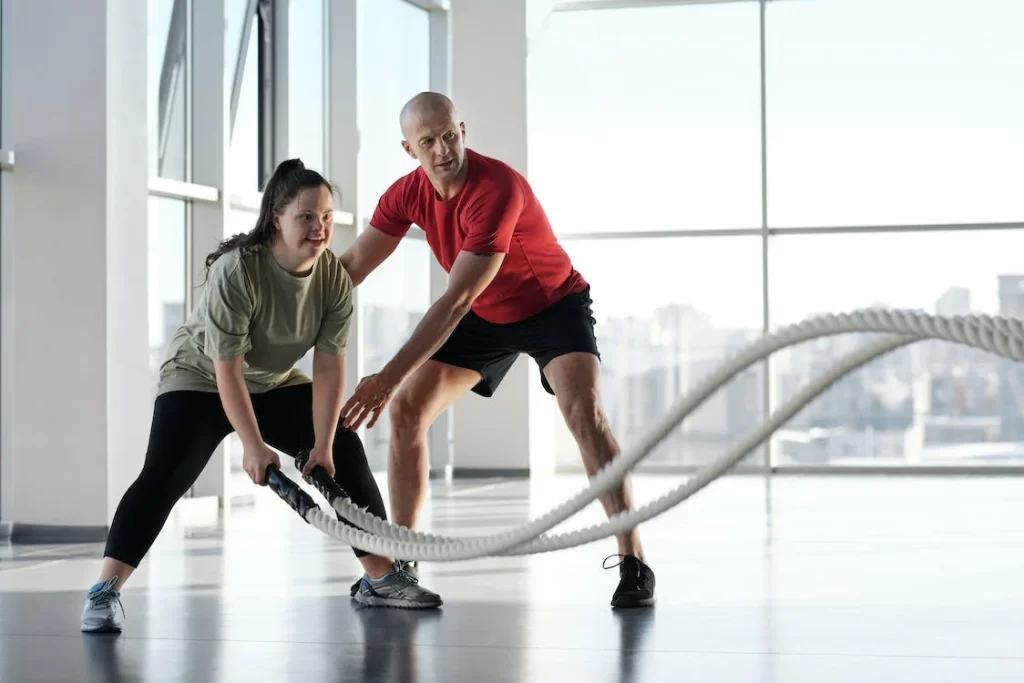
The key is to engage in activities that challenge and strengthen the muscles used in swimming.
However, weightlifting offers unique advantages due to its ability to target specific muscle groups and provide progressive overload, allowing swimmers to continually increase their strength levels over time.
READ ALSO: The Top 10 Bad Swimming Habits Holding You Back
The Misconceptions about Weightlifting and Swimming
There are some common misconceptions regarding weightlifting and its impact on swimming performance.
One of the main concerns is that lifting weights will lead to excessive muscle mass, which could hinder a swimmer’s ability to move through the water efficiently. However, this is a myth.
Swimmers who engage in weightlifting exercises tailored to their specific needs will develop functional strength without excessive bulk.
Another misconception is that weightlifting will make swimmers slower due to increased muscle mass. In reality, weightlifting can improve a swimmer’s power-to-weight ratio, allowing them to generate more force with each stroke without compromising their agility or speed.
Examples of Weightlifting Exercises for Swimmers
There are numerous weightlifting exercises that can benefit swimmers. Here are a few examples:
- Squats: Squats are a compound exercise that targets the lower body, including the quadriceps, hamstrings, and glutes. They help swimmers develop leg strength, which is essential for powerful kicks and push-offs from the wall.
- Deadlifts: Deadlifts primarily target the posterior chain, including the glutes, hamstrings, and lower back. These muscles play a crucial role in generating power during swimming and can help improve a swimmer’s overall strength and propulsion.
- Bench Press: While swimming primarily involves the upper body, the bench press is a valuable exercise for swimmers. It targets the chest, shoulders, and triceps, helping to develop upper body strength and stability.
The Impact of Weightlifting on Different Swimming Strokes
Weightlifting can have a positive impact on all swimming strokes, although the specific exercises and focus may vary slightly.
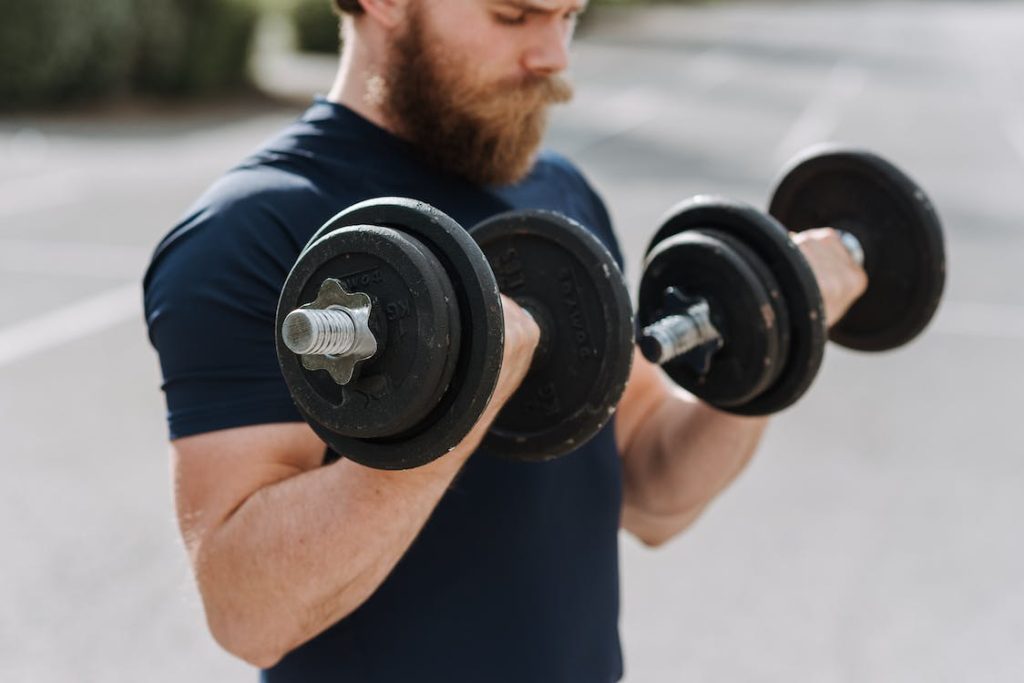
For freestyle and backstroke swimmers, developing strong shoulders, back, and core muscles is crucial for maintaining proper body position and generating power with each stroke. Exercises such as pull-ups, lat pulldowns, and rows can be particularly beneficial.
Breaststroke swimmers can benefit from weightlifting exercises that target the chest, shoulders, and quadriceps. Push-ups, dumbbell fly, and leg press exercises can help improve the strength and power necessary for an efficient breaststroke technique.
Butterfly swimmers rely heavily on upper body strength and power. Weightlifting exercises such as shoulder presses, dumbbell pullovers, and butterfly pulls can help develop the necessary strength and coordination for a powerful butterfly stroke.
READ ALSO: Is Swimming in a Black Swimming Pool Healthy?
Do Olympic swimmers lift weights?
Yes, Olympic swimmers do lift weights as part of their training programs. Weightlifting is a common practice among elite swimmers, as it helps them develop the strength and power necessary to compete at the highest level.
Olympic swimmers work closely with strength and conditioning coaches to design personalized weightlifting programs that complement their swimming training.
It is important to note that Olympic swimmers have access to a team of professionals who can guide their weightlifting routines and ensure they are performing the exercises correctly and safely. This level of guidance is crucial to maximize the benefits of weightlifting while minimizing the risk of injury.
Incorporating Weightlifting into a Swimmer’s Training Program
To incorporate weightlifting into a swimmer’s training program, it is essential to prioritize proper technique and gradually increase the intensity and volume of the exercises over time.
It is recommended to work with a qualified strength and conditioning coach who can design a program tailored to the swimmer’s specific needs and goals.
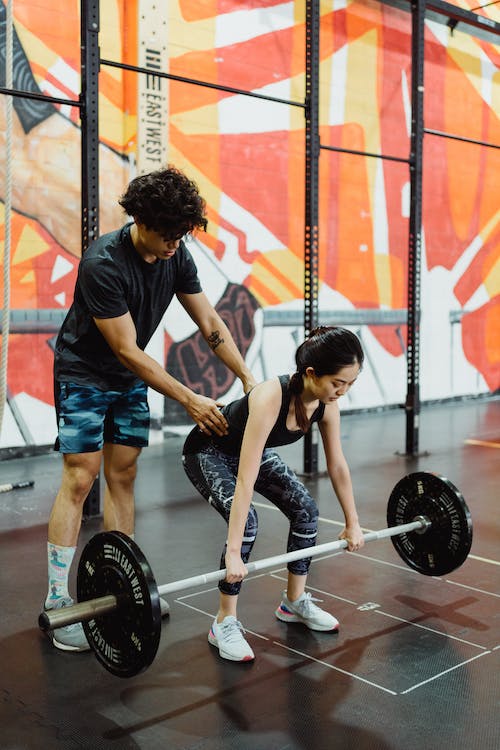
Ideally, weightlifting sessions should be scheduled in a way that allows for proper recovery between swim workouts. This can be achieved by alternating weightlifting and swimming sessions or incorporating weightlifting exercises as part of a dryland training routine.
READ ALSO: The Ultimate Band Swimmers Workout Routine for Incredible Results
Conclusion
In conclusion, weightlifting is a valuable component of a swimmer’s training program. It helps develop muscular strength, endurance, and power, leading to improved swimming performance.
Swimmers who incorporate weightlifting into their training regimen can benefit from increased core strength, overall body strength, and explosiveness off the starting blocks and turns.
While weightlifting is not the only method of strength training available, it offers unique advantages due to its ability to target specific muscle groups and provide progressive overload. Whether it is bodyweight exercises, resistance training, or weightlifting, the key is to engage in activities that challenge and strengthen the muscles used in swimming.
So, if you are a swimmer looking to take your performance to the next level, consider incorporating weightlifting into your training program.
Work with a qualified coach, focus on proper technique, and gradually increase the intensity and volume of your exercises. By doing so, you can enhance your strength, power, and overall swimming ability.
If you want to read more answers to difficult sports questions, subscribe to our newsletter. Stay informed and gain valuable insights to help you excel in your chosen sport.
Subscribe to our newsletter!
Don’t miss out on the latest tips, training techniques, and expert advice. Subscribe now and take your athletic performance to new heights!

